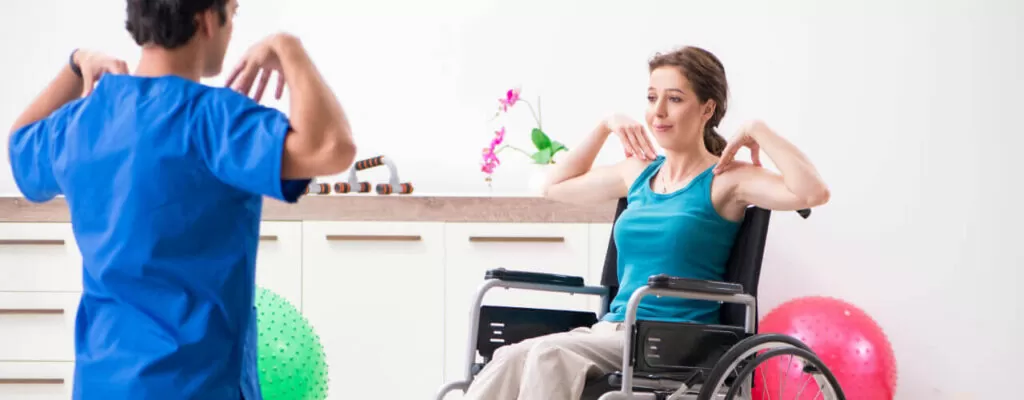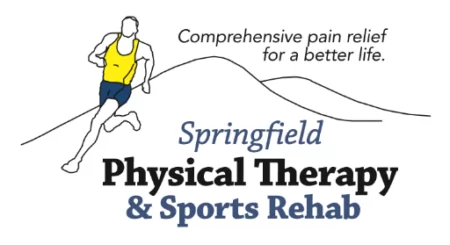Health Blog Category: Relieve Pain
5 Ways You Can Help Manage Your Chronic Pain

Living with Chronic Pain can be Difficult – These Tips May Help!
According to the Centers for Disease Control and Prevention, approximately 1 in 5 people are living with chronic pain.
If you experience pain or discomfort on a regular basis in Springfield, PA, we encourage you to consult with a physical therapist who can work with you to address the symptoms and causes of your pain. By doing this, you will be able to achieve pain relief in the long-term and improve your overall physical function.
Read full blogRecover From Surgery Faster with Physical Therapy

Get Back to Your Normal Life After Surgery as Quickly as Possible!
Every year, our licensed physical therapists meet thousands of people recovering from surgical procedures with rehabilitation treatment plans.
Whether you’re undergoing a joint replacement, back surgery, or some other type of surgical procedure, we are confident that working with a licensed physical therapist can help you heal and get back to your active lifestyle as efficiently and safely as possible.
Read full blogChronic Pain Doesn’t Have to be a Part of Your Life

Physical Therapy Can Help You Get Your Life Back
Chronic pain is extremely common, with over 100 million people in the United States alone living with some sort of chronic condition. So, you are not alone if you are one of those people.
While many people manage chronic pain with standard pain medications, they have so many drawbacks that you can’t fully rely on them to treat your pain. This leaves many people wondering if they will ever find a way to cure their pain.
Read full blogHave You Sustained a Sprain or Strain to Your Ankle? Get Back on Your Feet with Physical Therapy

Ready to Move with Ease Once Again Without A Sprain Or Strain?
If you’re having ankle pain that isn’t going away, there’s a significant chance that you’ve suffered from a strain or a sprain! People sometimes use these two terms interchangeably, but there is actually a big distinction between them.
A strain is the tear or overstretching of a muscle or tendon. These tendons connect the bones to the muscles. Your lower back and hamstrings are the most popular area of strains.
Read full blog3 Simple Changes You Can Make in Your Diet For Pain Relief

We truly are what we eat. If you have chronic pain, you should consider the fact that what you put in your diet could be making your aches and pains worse. Scientific evidence shows that the things we eat can influence our experience of pain—whether by alleviating an underlying health condition or exacerbating it.
If you don’t know whether or not you’re eating the right food groups, our physical therapist team is happy to educate you about making smarter choices in your diets so that your physical therapy treatment plan will be more effective overall!
Read full blogSay Goodbye to Harmful Opioids With the Help of Physical Therapy

If you’re suffering from acute or chronic pain, then you’re well aware that a condition like this can substantially affect your ability to engage in even basic daily activities. You may feel that taking opioids to relieve your pain is the only option you have.
Thankfully, there are other options available, including physical therapy. This kind of assistance can help you live a pain-free life. The National Institutes of Health states that the number of adults in the United States suffering from pain-related health conditions has dramatically increased in recent years.
Read full blogWhy You Should Choose Physical Therapy Over Prescription Medication

Medication Can Be Expensive….And Addicting.
Do you suffer from acute or chronic pain that makes it hard for you to get the things done every day that you need to do? Have you found yourself panicking when you run out of your prescription medication because otherwise, you have no way to manage your discomfort levels?
Many people struggling with pain make the mistake of leaning on prescription medications for relief, but drugs only mask the symptoms.
Read full blog5 Reasons Physical Therapy Is An Excellent Pain Treatment Option

PT is an excellent pain treatment option!
Is your everyday life being affected by acute or chronic pain? Are you struggling to recover from back pain, joint pain, or an injury caused from a car accident? Whatever condition you might be facing, our clinic doors are open. We encourage you to call us today and schedule an appointment with one of our physical therapists.
Our physical therapists specialize in improving human movement and flexibility.
Read full blogHow Physical Therapy Can Relieve Herniated Disc Pain

Your Pain Ends Here.
Do you ever find yourself complaining of lower back pain that just won’t quit? You might have a herniated disc. Herniated discs can occur anywhere along the spine, but the lower back area is the spot most commonly affected. Back pain can be caused by tons of different medical conditions, but in many cases, it is the result of a herniated disc.
According to The National Institute of Health, “The highest prevalence [of herniated disc cases] is among people aged 30-50 years, with a male to female ratio of 2:1.
Read full blogSay No to Opioids! Physical Therapy can Help Reduce Pain

“The White House has announced that APTA is among the organizations that have joined a public-private partnership to combat opioid usage and prescription drug abuse, and that the association will reach out to the public and its members to deliver the message that pain can be effectively managed through conservative, nondrug approaches. Physical therapists can help individuals manage pain, and greater use of physical therapy could make a real impact on the tragic levels of drug abuse in this country—abuse that often begins with a prescription for pain medication.”
Opioids and Physical Therapy
You can say “no” to opioids with the help of physical therapy.
Read full blog


